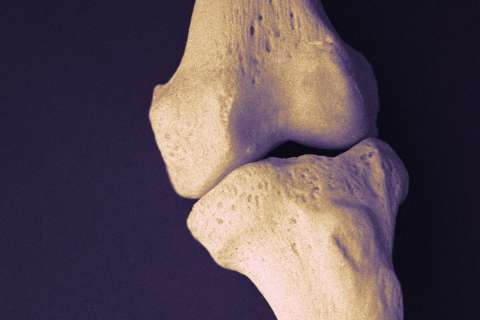Dear Doctors: I have recently been advised that I have peripheral artery disease. I would like to know more about what that is. What types of restrictions might the diagnosis place on me?
Dear Reader: Peripheral artery disease, which is also called peripheral arterial disease, is a condition that affects the vessels carrying blood away from the heart and to the rest of the body. These vessels, known as the peripheral arteries, bring oxygen and nutrients to the tissues of the legs, feet, arms and hands. Although the condition can affect the arms, it is seen most often in the legs. Smoking, high blood pressure, diabetes, high blood lipid levels and being age 65 or older are risk factors for the disease.
The disease is caused by a buildup of plaque on the walls of the peripheral arteries. This accumulation of plaque, which narrows the vessels, is a condition known as arteriosclerosis. Plaque is a sticky mixture of cholesterol and other lipids, cellular waste, blood proteins and calcium. It plasters the arterial walls and gradually hardens over time. Unlike healthy arteries, which have smooth and flexible inner walls, the vessels of someone with arteriosclerosis are stiff and bumpy. The layer of plaque narrows the diameter of the affected arteries, which reduces the amount of oxygen and nutrients they can deliver to the tissues they serve.
Peripheral artery disease, or PAD, is estimated to affect at least 8 million adults in the United States. Many never develop noticeable symptoms. When symptoms are present, they include pain and cramps in the muscles of the thighs, calves and hips, particularly during exercise. This is because the narrowed vessels can’t meet the increased demand by the muscles for oxygenated and nutrient-rich blood. The discomfort often eases with a few moments of rest. Additional symptoms can include a prickling sensation of pins and needles; numbness; slower rates of healing to cuts, scrapes or wounds; and a decrease in body temperature in the extremities.
Treatment includes a mix of lifestyle changes, medications and continued monitoring of the condition. Smoking is a huge risk factor for PAD, so taking steps to quit is important. Nicotine is extremely addictive, which makes smoking a difficult habit to break. If you’re a smoker, your doctor can help you craft a strategy for quitting. Physical activity is also important. However, due to the limitations to blood flow imposed by PAD, it is recommended that any new exercise program be supervised. Again, your doctor or cardiologist can help you formulate a plan.
Any form of cardiovascular disease calls for an evaluation of diet. The so-called Mediterranean diet -- with an emphasis on fresh vegetables, leafy greens, fish, legumes, lean meat, fruit and healthful oil -- has been shown to be effective. It is possible that you will also be prescribed medications to control cholesterol, lower blood pressure, reduce inflammation and manage diabetes. In some cases, surgical procedures to prop open blood vessels with a stent or to remove plaque may be recommended. The good news is that, with appropriate lifestyle changes and a comprehensive treatment plan, someone living with PAD can still have a full and active life.
(Send your questions to [email protected], or write: Ask the Doctors, c/o UCLA Health Sciences Media Relations, 10960 Wilshire Blvd., Suite 1955, Los Angeles, CA, 90024. Owing to the volume of mail, personal replies cannot be provided.)





